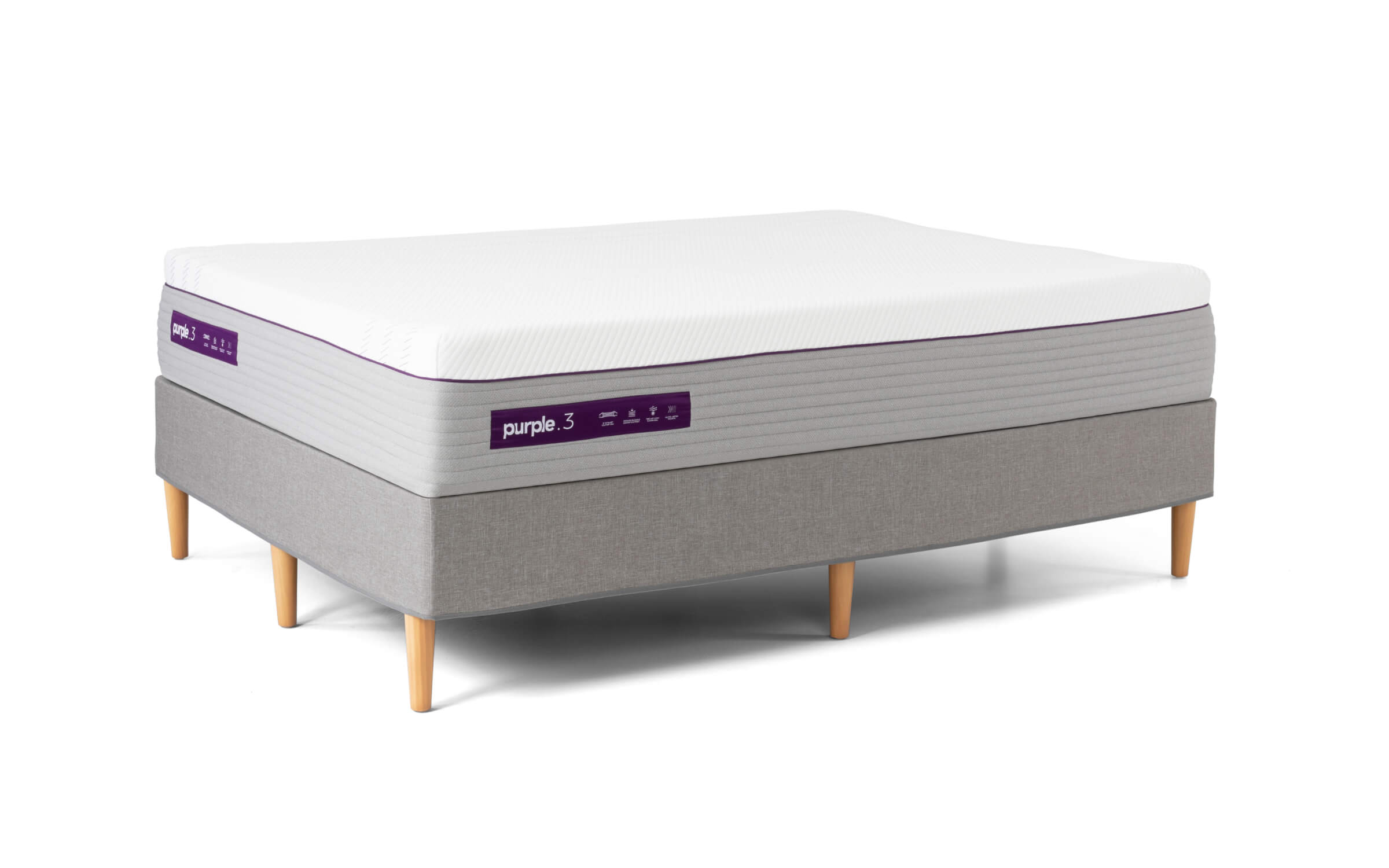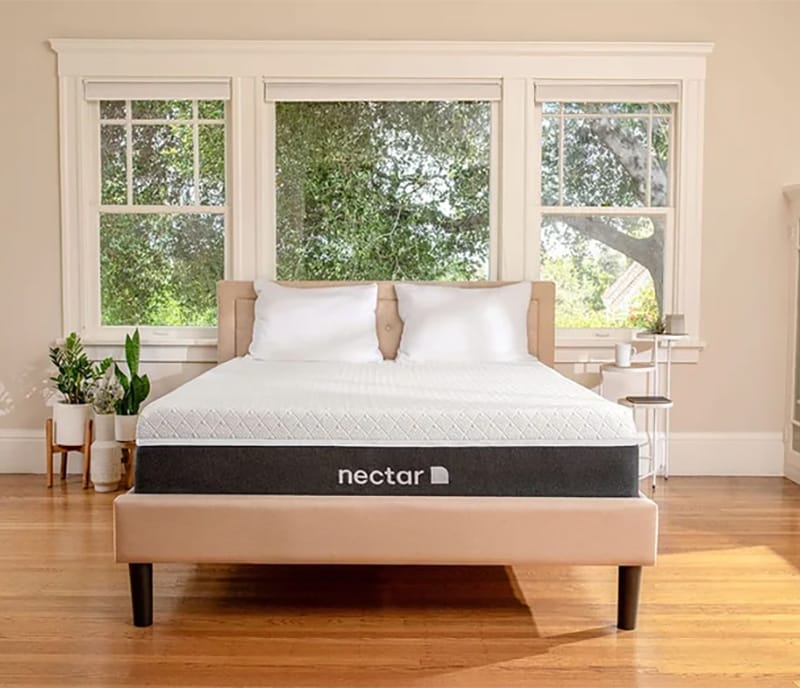iLE 360 Smart Bed – Sleep Number
Adjustable comfort and firmness on each side—your Sleep Number® setting. Responds to your movements and automatically adjusts firmness on each side. Shows sleep quality—your SleepIQ® score—with personal insights for better sleep.
PLUSH, TEMPERATURE BALANCING AND EFFORTLESSLY COMFORTABLE
Pressure-relieving layers and an enhanced breathable sleep surface are designed for the best comfort and climate for both of you.
- Adjustable comfort and firmness on each side—your Sleep Number® setting
- Responds to your movements and automatically adjusts firmness on each side
- Shows sleep quality—your SleepIQ® score—with personal insights for better sleep
- Absorbs excess heat and releases it as you cool so you both can sleep just right
- Breathable fabric conforms and supports as you move
Additional information
| WARRANTY | 15-YEAR LIMITED WARRANTY |
|---|






by Mick
Just slept in my new bed for the first time and it was amazing.
by Kris
I bought this bed a month ago and I first I wasn’t sure because it took me a while to figure out my sleep number. But now that I have, let me tell you… It is the best bed ever!!! I can’t wait to get in it at night!! One of my favorite feature is the under bed lighting. It makes it so nice if you have to get up in the middle of the night not bumping into furniture!!! The zero gravity is the most amazing thing if you like to read or watch tv in bed. I highly recommend this bed.
by Gabe
Great comfort and the sale price was great. Got a higher model for less than the least expensive one thanks to great sale.
by Steve
This is the best bed ever. We adjust it and my wife and I both sleep great! Way better then I could have hoped for
by Bill
The bed is incredible, it’s very nice having the bed adjust to my personalized.
by Bob
The bed was surprisingly coolier and the way it adjust to my body is great
by Tim
We purchased the 360 @ ILE, best investment I have ever made. I have never felt better in the mornings getting up. No more body aches or pains. Great bed Great Deal Great Sleep
by Rob
I have slept on this bed for a year now. I wish I had purchased it long ago. I was having trouble getting a good night rest. We purchased the Sleep Number bed and my sleepless night were over. Once you find your sleep number it good night Nellie!!